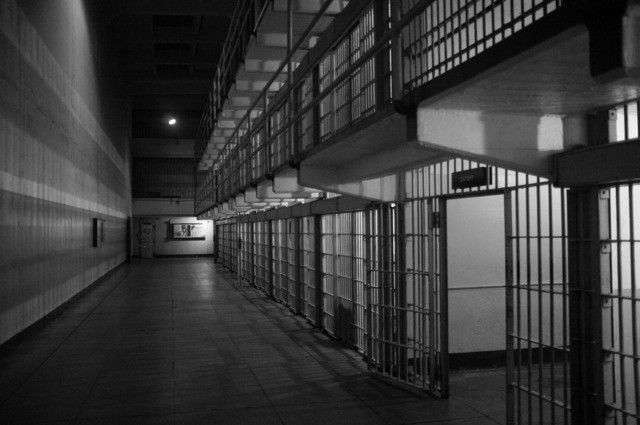The incarcerated: These in a “state of exception”. & COVID-19

The following is from the _Popular Information email newsletter, which you can subscribe to here.
In New York City, at least 1200 inmates and prison staff have tested positive for COVID-19, resulting in at least ten deaths. At Rikers Island, the city’s largest facility, the “outbreak has stretched staffing and added a frightening new element of uncertainty to the already dangerous job of guarding inmates.” Inside Rikers, “inmates are in close physical proximity and may be held in small, confined spaces,” including “dorms that hold 50 people, sleeping in beds bolted to the floor, less than 6 feet apart.” Hand sanitizer is “contraband due to its high alcohol content.”
At Cook County jail in Chicago, 400 inmates and 225 staff have tested positive. Six inmates and one staff member have died. There are 420,000 people who work in jails and prisons in the United States.
This isn’t just a problem for people living or working in prisons and jails. The “average time an individual spends in jail is 25 days.” This means thousands of people are cycling into jail and then back into the community. Many people are held for a few hours, then released if they are able to round up enough cash to post bail.
The problem is amplified by the nation’s extremely high rate of incarceration. The United States has “4 percent of the world’s population but 21 percent of the world’s incarcerated population.” The country can save lives by reducing the number of people behind bars.1
People in jail are often overlooked as a vulnerable population, however they are extremely vulnerable to COVID-19.
What I like about what the author is pointing out here is that he way we treat bodies of individuals in incarcerated has an impact on how safe/not-safe bodies of people who are outside of incarcerated.
Short version: Caring for the bodies who are incarcerated2, by making the conditions of incarceration safe, result all bodies being safer.
Judd Legum, Death Sentence, via Popular Information email newsletter published 4/23/20.↩
Caring for those who are in what Agamben calls a “state of exception.”↩

